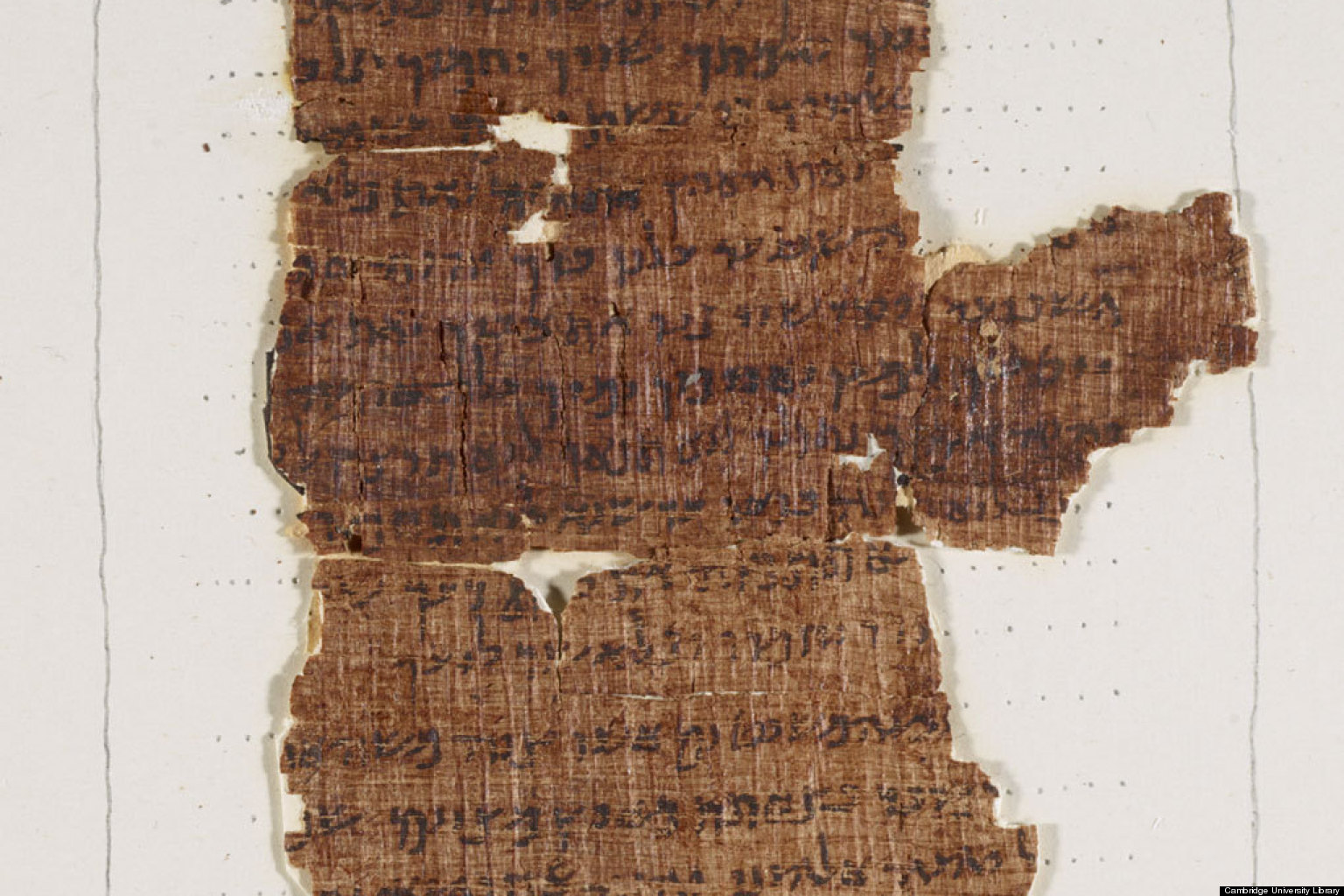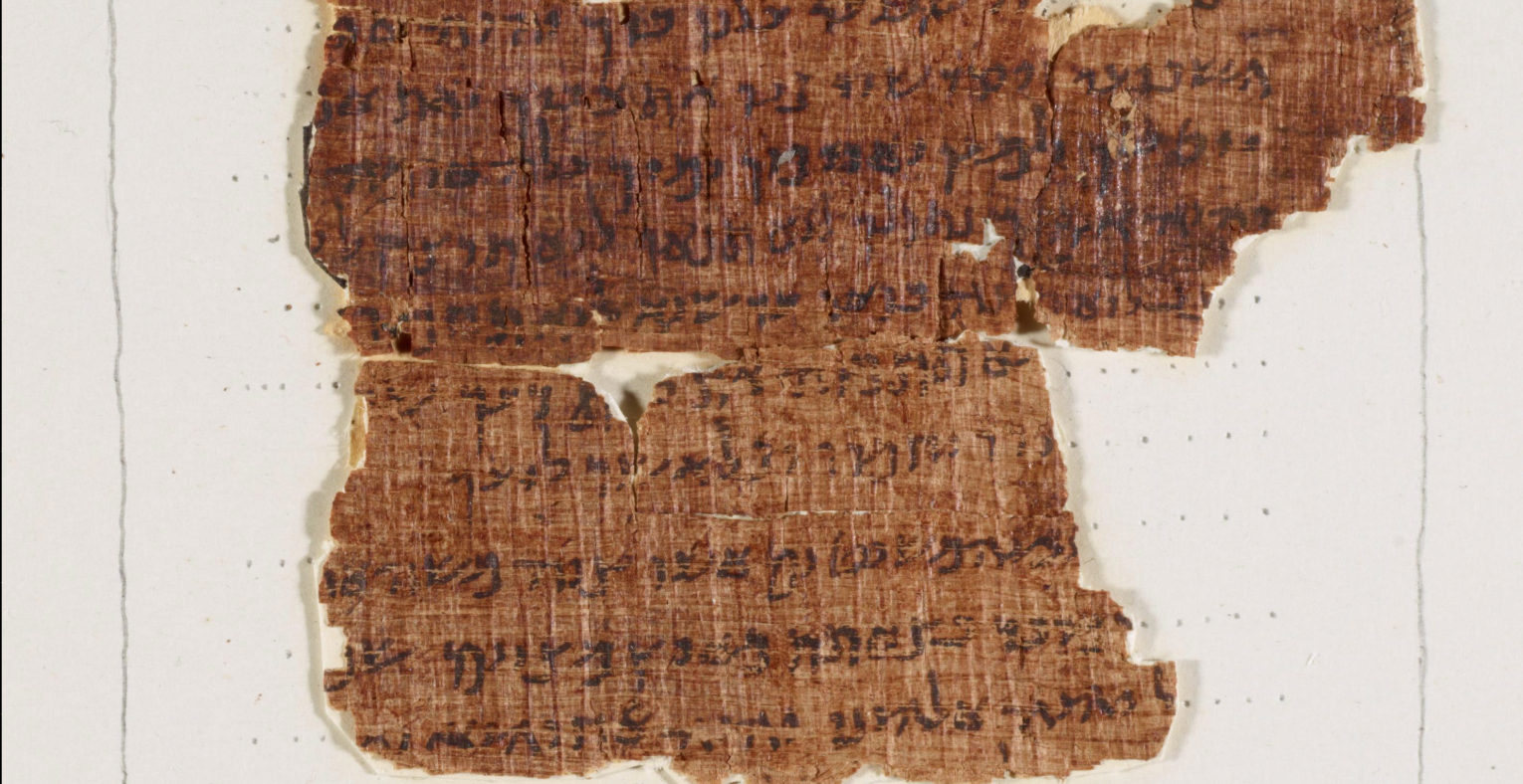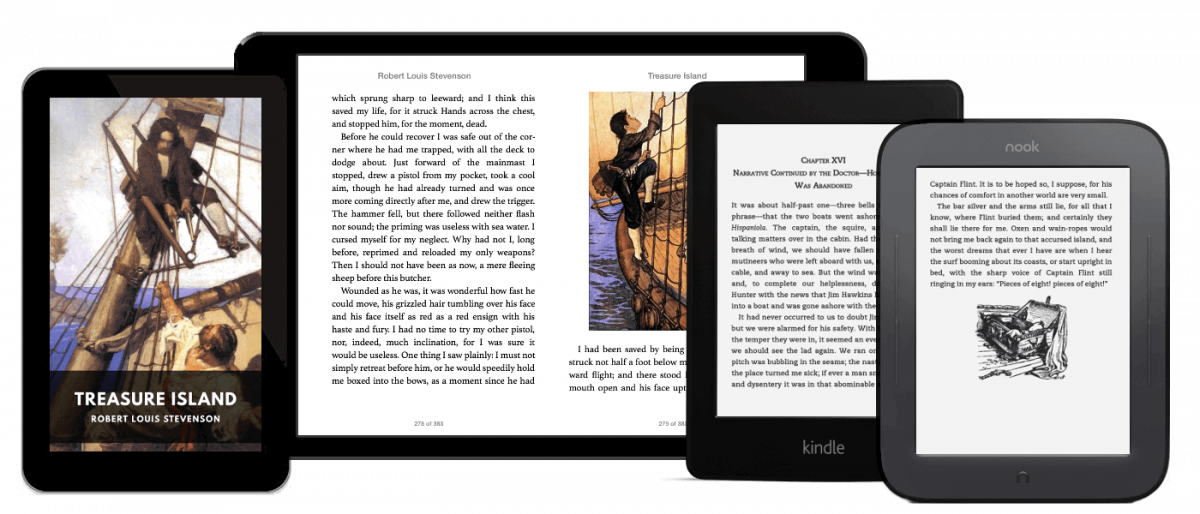[Most Recent Entries] [Calendar View]
Wednesday, June 21st, 2017
| Time | Event |
| 8:00a | London in Vivid Color 125 Years Ago: See Trafalgar Square, the British Museum, Tower Bridge & Other Famous Landmarks in Photocrom Prints
"When a man is tired of London," Samuel Johnson so famously said, "he is tired of life." Of course, P.J. O'Rourke later added that "he might just be tired of shabby, sad crowds, low-income housing that looks worse than the weather, and tattoo-faced, spike-haired pea brains on the dole," but then, everyone experiences the English capital a bit differently. Johnson's London, the London of the eighteenth century, looks to some like a city at its zenith; others might even think the same about the London O'Rourke made fun of in the 1980s. Every era in London is a golden age to someone.
Today, we offer a vivid glimpse into another distinct period in London history, the late nineteenth century, by way of the Library of Congress' collection of photocrom prints. A few years ago we featured images of Venice captured with the same colorized-photography process, which produced what the Library of Congress describes as ink-based images made with "the direct photographic transfer of an original negative onto litho and chromographic printing plates." They may "look deceptively like color photographs," but "when viewed with a magnifying glass the small dots that comprise the ink-based photomechanical image are visible. The photomechanical process permitted mass production of the vivid color prints."
The late nineteenth and early twentieth century saw the emergence of a robust market for photocrom prints, "sold at tourist sites and through mail order catalogs to globe trotters, armchair travelers, educators, and others to preserve in albums or put on display." Hence, perhaps, the focus on London sites of touristic appeal: Tower Bridge, Trafalgar Square, the British Museum, and even the fully outfitted "Yeoman of the Guard" you see just above. But print also (and by appearances more correctly) describes him as a "Beefeater," the popular name for the different body of ceremonial tower guardians the Yeomen Warders of Her Majesty’s Royal Palace and Fortress the Tower of London, and Members of the Sovereign's Body Guard of the Yeoman Guard Extraordinary. (Got that?)
You can browse, and in various formats download, the 33 images in the Library of Congress' London photocrom print collection here. They all date from between 1890 and 1900, as do the nearly 1000 images in their England photocrom print collection, whose locations extend far beyond London. Go to England today and you'll notice how much has changed in the past 125 or so years, of course, but how much hasn't. Grumbling being something of a national sport over there, especially in London, the traveler hears no end of complaints about how the city and country have gone to the dogs, but can also take some comfort in the fact that, even back in the picturesque photocrom era, people were airing all the same gripes.
Related Content: Prize-Winning Animation Lets You Fly Through 17th Century London 1927 London Shown in Moving Color London Mashed Up: Footage of the City from 1924 Layered Onto Footage from 2013 The Oldest Known Footage of London (1890-1920) Shows the City’s Great Landmarks 2,000 Years of London’s Historical Development, Animated in 7 Minutes Based in Seoul, Colin Marshall writes and broadcasts on cities and culture. He’s at work on the book The Stateless City: a Walk through 21st-Century Los Angeles, the video series The City in Cinema, the crowdfunded journalism project Where Is the City of the Future?, and the Los Angeles Review of Books’ Korea Blog. Follow him on Twitter at @colinmarshall or on Facebook. London in Vivid Color 125 Years Ago: See Trafalgar Square, the British Museum, Tower Bridge & Other Famous Landmarks in Photocrom Prints is a post from: Open Culture. Follow us on Facebook, Twitter, and Google Plus, or get our Daily Email. And don't miss our big collections of Free Online Courses, Free Online Movies, Free eBooks, Free Audio Books, Free Foreign Language Lessons, and MOOCs. |
| 11:00a | The Music, Sounds & Images Carl Sagan Sent Into Space So that Aliens Could Understand Human Civilization (1977)
Sagan tasked himself with compiling what he called a “bottle” in “the cosmic ocean,” and something of a time capsule of humanity. Over a year’s time, Sagan and his team collected 116 images and diagrams, natural sounds, spoken greetings in 55 languages, printed messages, and musical selections from around the world--things that would communicate to aliens what our human civilization is essentially all about. The images were encoded onto the records in black and white (you can see them all in the Vox video above in color). The audio, which you can play in its entirety below, was etched into the surface of the record. On the cover were etched a series of pictographic instructions for how to play and decode its contents. (Scroll over the interactive image at the top to see each symbol explained.) Fong outlines those contents, writing, “any aliens who come across the Golden Record are in for a treat.” That is, if they are able to make sense of it and don’t find us horribly backward. Among the audio selections are greetings from then-UN Secretary General Kurt Waldheim, whale songs, Bach’s Brandenberg Concerto No. 2 in F, Senegalese percussion, Aborigine songs, Peruvian panpipes and drums, Navajo chant, Blind Willie Johnson’s “Dark Was the Night” (playing in the Vox video), more Bach, Beethoven, and “Johnny B. Goode.” Challenged over including “adolescent” rock and roll, Sagan replied, “there are a lot of adolescents on the planet.” The Beatles reportedly wanted to contribute “Here Comes the Sun,” but their record company wouldn’t allow it, presumably fearing copyright infringement from aliens. Also contained in the spacefaring archive is a message from then-president Jimmy Carter, who writes optimistically, “We are a community of 240 million human beings among the more than 4 billion who inhabit planet Earth. We human beings are still divided into nation states, but these states are rapidly becoming a single global civilization.” The messages on Voyagers 1 and 2, Carter forecasts, are “likely to survive a billion years into our future, when our civilization is profoundly altered and the surface of the Earth may be vastly changed.” The team chose not to include images of war and human cruelty.
We only have a few years left to find out whether either Voyager will encounter other beings. “Incredibly,” writes Fong, the probes “are still communicating with Earth—they aren’t expected to lose power until the 2020s.” It seems even more incredible, forty years later, when we consider their primitive technology: “an 8-track memory system and onboard computers that are thousands of times weaker than the phone in your pocket.” The Voyagers were not the first probes sent to interstellar space. Pioneer 10 and 11 were launched in 1972 and 1973, each containing a Sagan-designed aluminum plaque with a few simple messages and depictions of a nude man and woman, an addition that scandalized some puritanical critics. NASA has since lost touch with both Pioneers, but you may recall that in 2006, the agency launched the New Horizons probe, which passed by Pluto in 2015 and should reach interstellar space in another thirty years. Perhaps due to the lack of the departed Sagan’s involvement, the latest “bottle” contains no introductions. But there is time to upload some, and one of the Golden Record team members, Jon Lomberg, wants to do just that, sending a crowdsourced “message to the stars.” Lomberg’s New Horizon’s Message Initiative is a “global project that brings the people of the world together to speak as one.” The limitations of analog technology have made the Golden Record selections seem quite narrow from our data-saturated point of view. The new message might contain almost anything we can imagine. Visit the project's site to sign the petition, donate, and consider, just what would you want an alien civilization to hear, see, and understand about the best of humanity circa 2017? Related Content: NASA’s New Online Archive Puts a Wealth of Free Science Articles Online Josh Jones is a writer and musician based in Durham, NC. Follow him at @jdmagness The Music, Sounds & Images Carl Sagan Sent Into Space So that Aliens Could Understand Human Civilization (1977) is a post from: Open Culture. Follow us on Facebook, Twitter, and Google Plus, or get our Daily Email. And don't miss our big collections of Free Online Courses, Free Online Movies, Free eBooks, Free Audio Books, Free Foreign Language Lessons, and MOOCs. |
| 2:30p | 2,000-Year-Old Manuscript of the Ten Commandments Gets Digitized: See/Download “Nash Papyrus” in High Resolution
How old is the Torah, the first five books of the Hebrew Bible? As with most such questions about disputed religious texts, it depends on whom you ask. Many conservative Jewish and Christian scholars—or “maximalists”—have long accepted the text as containing genuine historical records, and dated them as early as possible. Modern critical scholars, the “minimalists,” informed by archeology, have made strong empirical cases against historicity, and date the texts much later. These debates can become highly speculative the further back scholars attempt to push the Biblical origins. One has to take certain claims on faith. As far as the textual evidence goes, the earliest complete manuscripts we have are the so-called “Masoretic Text,” copied, edited, and disseminated between the 7th and 10th centuries CE. But we have fragments that date back over two thousand years, discovered in the Qumran Caves among the Dead Sea Scrolls in the mid-twentieth century. Prior to their discovery, the oldest known fragment was known as the “Nash Papyrus,” which dates from the second century, BCE. Purchased from an Egyptian antiquities dealer in 1902 by Egyptologist Dr. Walter Llewllyn Nash and donated to the Cambridge University Library the following year, the papyrus contains a composite of the two different versions of the Ten Commandments, from Exodus 20 and Deuteronomy 5, and the Shema, a prayer from Deuteronomy 6. In 2012, the Nash Papyrus was digitized, “one of the latest treasures of humanity,” reported Reuters, “to join Isaac Newton’s notebooks, the Nuremberg Chronicle and other rare texts as part of the Cambridge Digital Library.”
“It has been suggested,” notes the Cambridge description of the ancient manuscript, “that it is, in fact, from a phylactery (tefillin, used in daily prayer).” But the papyrus’ actual origins are uncertain, though it “was said to have come from the Fayyum,” a city near Cairo. And while the Nash Papyrus may not resolve any debates about the Torah’s origins, its open accessibility is a boon for scholars grappling with the questions. As university librarian Anne Jarvis said upon its digital release, the “age and delicacy” of the manuscript make it “seldom able to be viewed” in person. The leaf papyrus is, as the Cambridge Digital Library notes, full of holes, “barely legible” and composed of “four separate pieces fixed together.” At the library site, users can see it in high resolution, zooming in very closely to any area they choose. You can also download the image, embed it, or share it on social media. And if that gets your ancient Biblical engines running, you can then see digital Dead Sea Scroll manuscripts of the Ten Commandments here and get an up close look at many other texts from that ancient treasure trove—as well as learn about them in a free online Rutgers course—here. Related Content: Google Digitizes Ancient Copies of the Ten Commandments and Genesis Google Puts The Dead Sea Scrolls Online (in Super High Resolution) Harvard Presents Two Free Online Courses on the Old Testament Josh Jones is a writer and musician based in Durham, NC. Follow him at @jdmagness 2,000-Year-Old Manuscript of the Ten Commandments Gets Digitized: See/Download “Nash Papyrus” in High Resolution is a post from: Open Culture. Follow us on Facebook, Twitter, and Google Plus, or get our Daily Email. And don't miss our big collections of Free Online Courses, Free Online Movies, Free eBooks, Free Audio Books, Free Foreign Language Lessons, and MOOCs. |
| 5:22p | Free eBooks with Modern Typography & Nice Formatting, All “Carefully Produced for the True Book Lover”
All of the ebooks in the Standard eBooks collection "are thought to be in the public domain in the United States." You can currently download 103 texts--for example titles like Jane Austen's Pride and Prejudice, Mary Shelley's Frankenstein, short fiction by Philip K. Dick, and Nietzsche's Beyond Good and Evil. (See the full collection here.) They offer versions specially designed for the Kindle and Kobo, but also the more universal epub format. If you'd like to pitch in and help Standard eBooks digitize more aesthetically-pleasing books, get more information here. Follow Open Culture on Facebook and Twitter and share intelligent media with your friends. Or better yet, sign up for our daily email and get a daily dose of Open Culture in your inbox. If you'd like to support Open Culture and our mission, please consider making a donation to our site. It's hard to rely 100% on ads, and your contributions will help us provide the best free cultural and educational materials. Related Content: 800 Free eBooks for iPad, Kindle & Other Devices 900 Free Audio Books: Download Great Books for FreeDownload 243 Free eBooks on Design, Data, Software, Web Development & Business from O’Reilly Media Download 464 Free Art Books from The Metropolitan Museum of Art Read 700 Free eBooks Made Available by the University of California Press Free eBooks with Modern Typography & Nice Formatting, All “Carefully Produced for the True Book Lover” is a post from: Open Culture. Follow us on Facebook, Twitter, and Google Plus, or get our Daily Email. And don't miss our big collections of Free Online Courses, Free Online Movies, Free eBooks, Free Audio Books, Free Foreign Language Lessons, and MOOCs. |
| << Previous Day |
2017/06/21 [Calendar] |
Next Day >> |





 </div>
</div>




 If you look through our collection of
If you look through our collection of